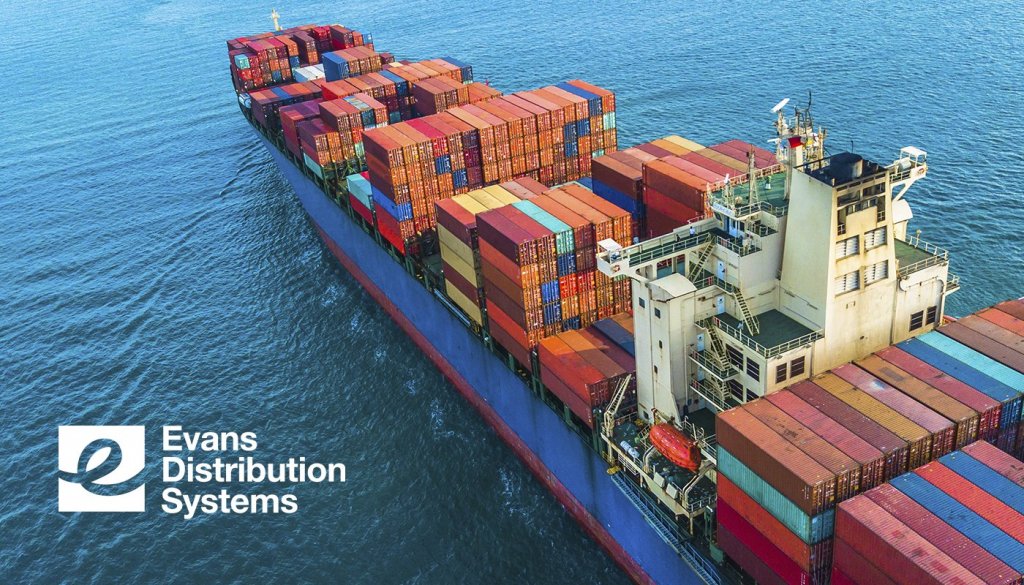It would be an understatement to say that 2020 has been a crazy year for the shipping industry. The COVID-19 outbreak that started early in the year is still affecting businesses and economies around the world with restrictive shipping regulations between countries. At the same time people are relying on online shopping more than ever to avoid unnecessary exposure with people. So, how has COVID-19 changed international shipping in 2020, and what can we expect for the rest of the year?

Effects on Sea Carriers
Freight carrier shipping by sea is the most cost effective method of shipping large quantities of goods between countries. Every year, manufacturers predict how many new ships will be needed based on the performance of the world economy. With COVID-19 appearing so suddenly and causing a massive decline of shipments coming out of China, the demand for freight ships declined as well. Carriers suddenly had excess capacity on ships, which means the debt they took on to build new freight liners created an insolvency risk. If these carriers are not able to operate at a certain capacity level, they will not be able to keep up with their debt repayments which places the international shipping community at great risk.
In recent months, as countries begin to slowly resume travel and trade, carriers starting to stabilize. However, it is predicted that there could be a reduction in the number of new freight container ships entering the market over the next few years. A decrease between 10 to 30% of freight container ships is predicted for 2021.
Effects on Small Parcel & Air Freight
The demand for small parcel shipping has increased in 2020 with online shopping growing at a faster pace due to COVID-19. To keep up with this demand for the remaining months in 2020 UPS, FedEx, and USPS have all increased their shipping rates. Because the holiday season increases the amount of shipping from online shopping, and the amount of people ordering goods online is at an all time high, this is unavoidable. With UPS and FedEx introducing new peak surcharges between $0.24- to $1.50 per shipment depending on size and type of the parcel, with additional charges for international shipments. These surcharges will remain effective into January of 2021.
USPS will also see a rate increase on international shipping between 6- to 10% due to the lack of air travel between countries. During the pandemic the USPS has shifted from storing shipments on passenger flights, to shipping as sea cargo. This has increased the amount of time an international shipment may take to reach its destination from roughly two weeks to two months.
COVID-19 caused a massive slow down in the world economy for the first half of 2020, and we are beginning to see a comeback as carriers and shippers adapt. For more updates on COVID-19’s effect on logistics, visit our COVID-19 updates page, and for industry insight please visit our blog for all the latest logistics information.
